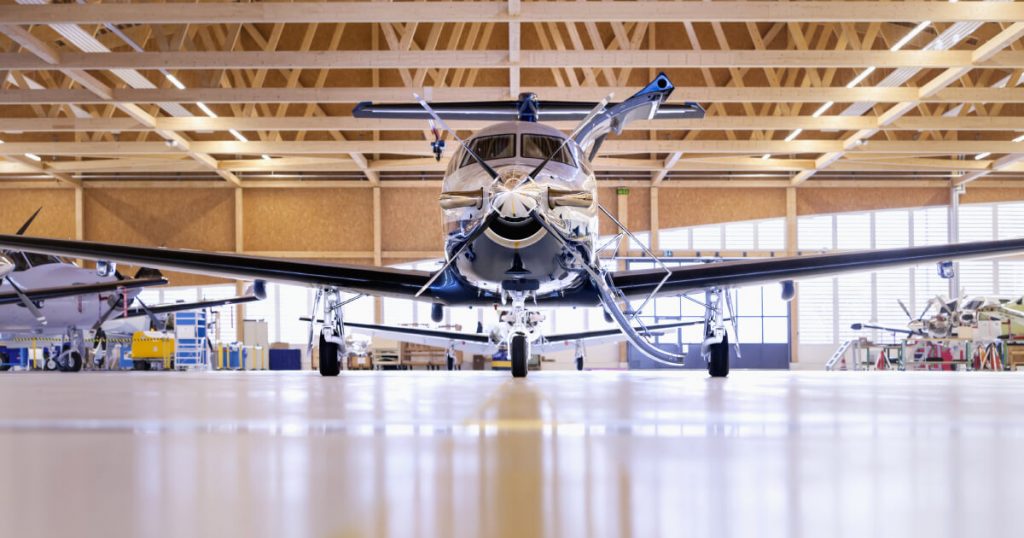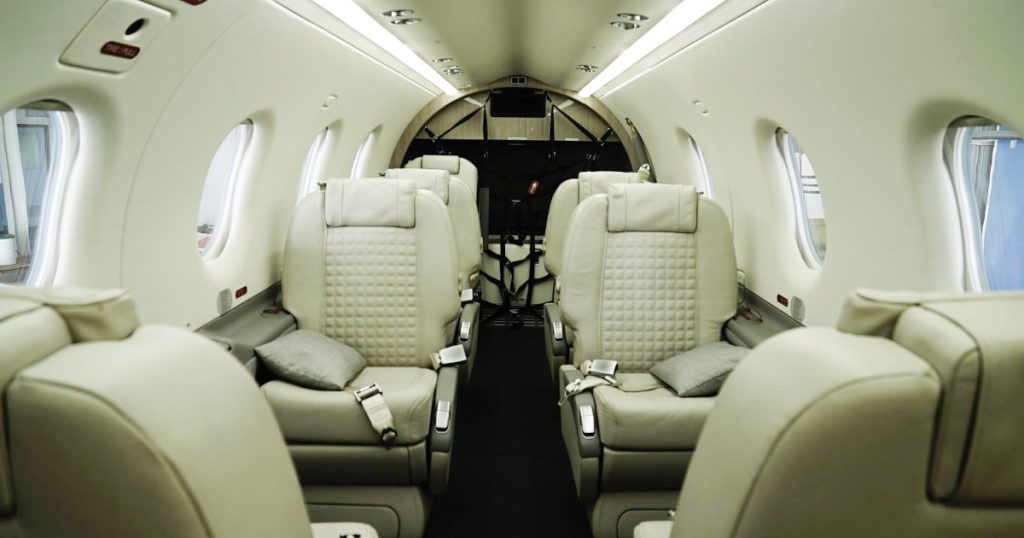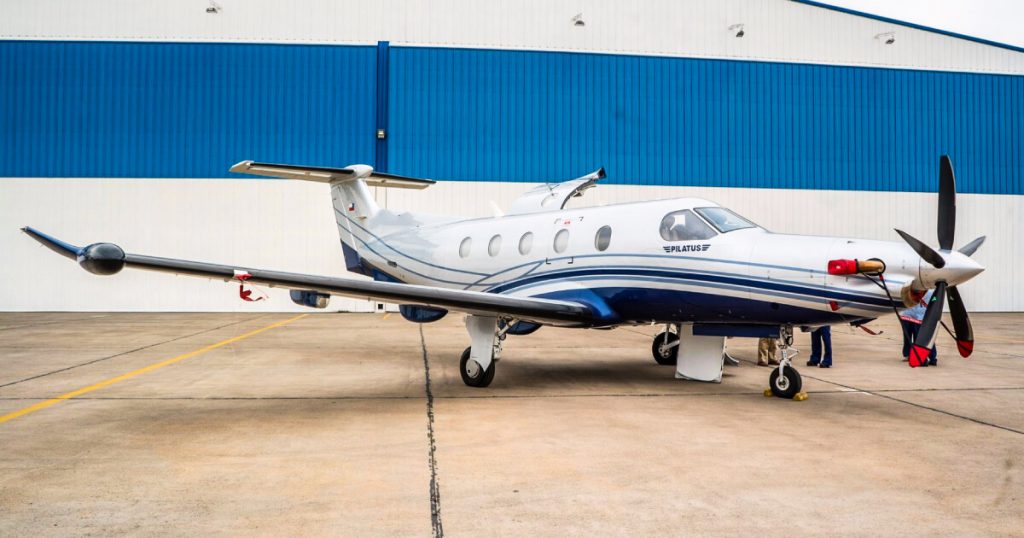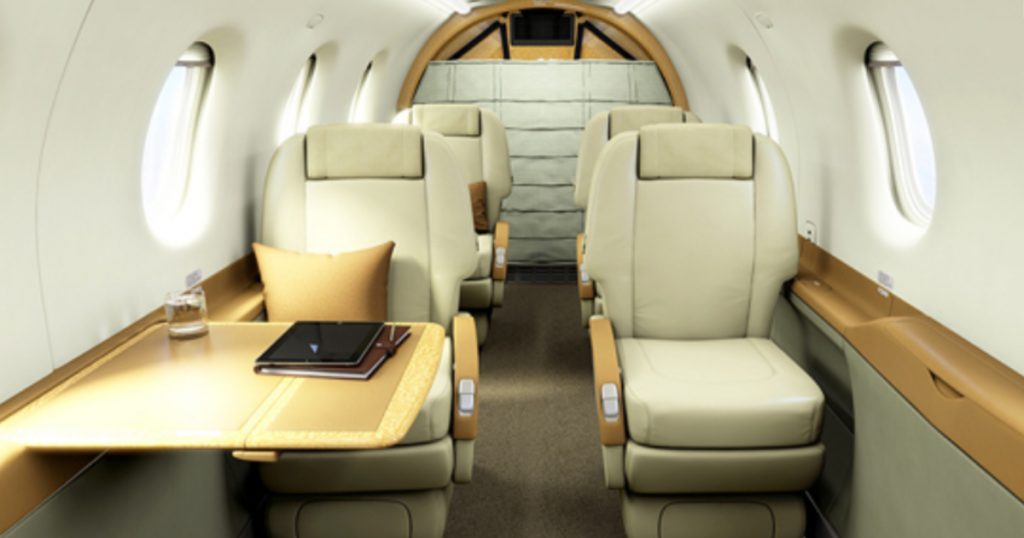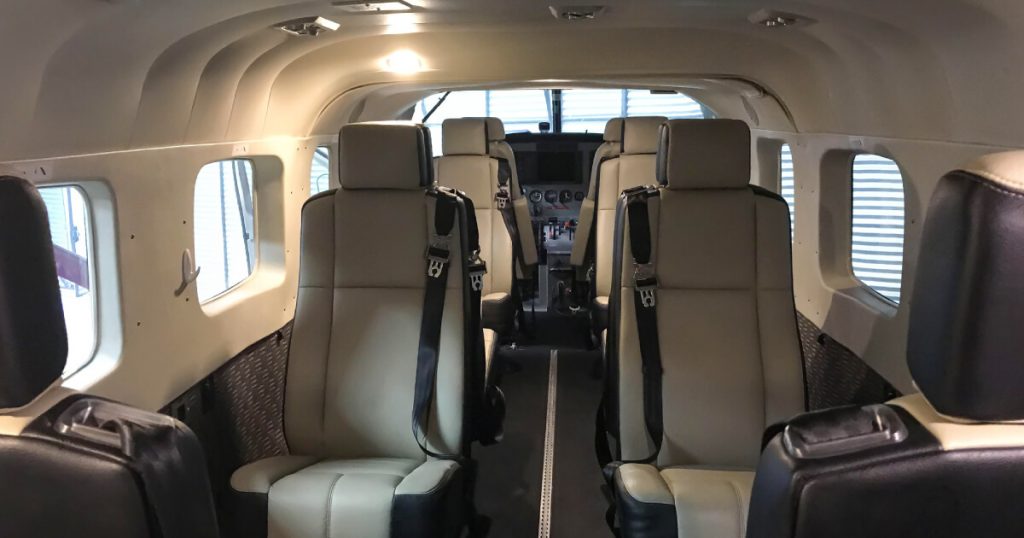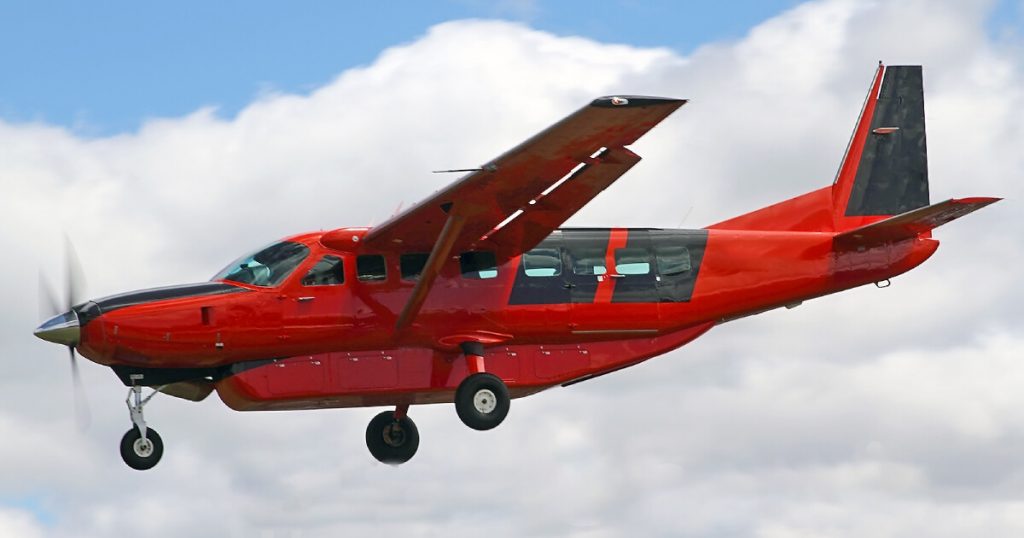Switch to:
 EN
EN  Português (PT)
Português (PT)  Español (ES)
Español (ES)
We recently made an article on best practices, with tips and information, on single engine rental. In addition to demystifying the fear that some people have of using this means of transport, we show how simple the process is to book this type of aircraft.
In today’s text, we will present concrete data on the safety indices of the two most popular single-engine aircraft for the “commuter” service worldwide – the Pilatus PC-12 and the Cessna Caravan Grand. The data presented comes from CENIPA (Center for Investigation and Prevention of Aeronautical Accidents), ANAC (National Civil Aviation Agency), the Brazilian Aviation Institute, WingX and the American Federal Aviation Administration(FAA – Federal Aviation Administration).
The purpose of this article is to compare the number of accidents with the number of flight hours for each of these two single-engine models and to prove that the two aircraft have safety rates as high as large commercial jets.
Pilatus PC-12
The Swiss-made Pilatus 12 is the Mercedes of single-engine turboprops. The model combines the speed, comfort and safety of a twin-engine executive plane with the cost-effectiveness of the King Air C90. It is ideal for shared flights, weekend use or short-distance corporate travel.
The plane is among the best safety records in the history of the turbine engine. According to information taken from the official FAA website, which covers flight data in the United States and Canada, between April 26, 1990 and December 24, 2019, only 63 PC-12 accidents were recorded, with only one resulting in death and three with injured people.
The fatal case occurred on April 26, 1990, in De Land, Florida. The aircraft in question had a total of 2,705 flight hours and a commercial pilot license certificate.
In addition to the only fatal accident, the FAA records of Pilatus PC-12 show only three total injuries in the 63 accidents cataloged. This further reinforces the safety level of the model of this single-engine aircraft.
What about Brazil?
The data above refer to accidents with the Pilatus aircraft in the United States and Canada. In Brazil, according to CENIPA’s statistical summary covering events from 2010 to 2019, the model suffered only two accidents and none of them had fatal victims.
According to figures provided by ANAC, between 2016 and 2020, the PC-12 recorded 19,822 hours flown, of which 3,298 in 2016, 4,316 in 2017, 4,080 in 2018, 4,394 in 2019 and 3,734 in 2020.
Making a comparison between flight hours and total accidents, it appears that the safety index of this model is exceptionally high. Considering the period corresponding to the years 2016 -2020, the accident rate of the Pilatus PC-12 model is 0.005%, with 0% being the fatal accident rate.
Cessna Caravan Grand
The Caravan Grand C208 model features a simple cabin design, usually divided into three double rows and three single row in the window. With unprecedented luggage space and the ability to land on runways as short as 2,000 feet (609 meters), the Caravan is a popular option in sub-regional aviation and cargo transportation.
According to the United States Federal Aviation Administration, between August 11, 1985 and December 5, 2019, in the USA and Canada, there were 250 accidents on board the Caravan. Of these, 24 resulted in fatality and 15 registered injured passengers.
The accident that caused two deaths occurred on March 2, 2011, in Texas, in Rosharon, an unregistered community and designated location in Brazoria County. Other fatal accidents occurred in 1985 in Freeport, Illinois, in 1997 in Florida, in the city of Titusville, and also in Chester, South Carolina, in 2014.
According to WingX, an intelligence company for the aviation market, from 2006 to 2020 the Caravan registered more than 2 million departures in the United States – a total of 2,235,203 operations. Within this period, the FAA recorded 116 accidents of the model, which represents an accident rate of 0.005%. Of these, 19 had fatal victims and 13 caused injured passengers. Therefore, the rate of fatal accidents was 0.0009% and that of accidents with injuries was 0.0006%.
What about Brazilians territory?
In Brazil, there were only 12 accidents between the years 2010 and 2019, two of them with fatalities, two with destroyed aircraft and 13 serious incidents, according to CENIPA’s SIPAER panel.
Between the years 2016 and 2020, the Caravan Grand performed 141,018 flight hours, as informed by ANAC. In 2016 there were 33,540 flight hours, in 2017: 36,068, in 2018: 30,832, in 2019: 18,809, and in 2020: 21,769 hours flown.
Taking into account that CENIPA data for the same period account for six accidents, including one fatal, we can consider that the accident rate of the Cessna Caravan Grand in Brazil is 0.004%, slightly below the rate observed in the USA. The number of occurrences with mortality is 0.001%.
For comparison, in the last ten years, the popular Boeing 737 recorded in Brazil only one accident and three serious incidents. This leads to an accident rate of less than 0.001%: it is not flawless, but it certainly proves an exceptional safety record of the model.
Numbers prove
The numbers and rates above prove that, yes, it is safe to fly a single engine, whether in a Pilatus PC-12 or a Caravan Grand. Accident rates of, respectively, 0.005% and 0.004%, are exceptionally low, making both models reliable options for shared flights and charters, both for leisure and business.
To ensure that your trip is safe, you must always look for a reliable company that has all the maintenance of the aircraft up to date, in addition to safety certifications. At Flapper, all Brazilian planes have online registration for an air taxi certificate. The company offers weekly flights on the Caravan Grand planes and charter of Pilatus PC-12 planes worldwide. Check the details and characteristics of these single engines in our online quote system.

